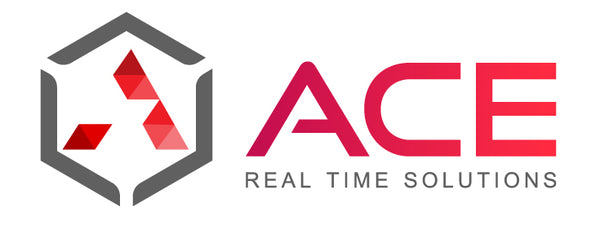5 Critical Power Protection Strategies for Portable Power in Renewable Energy Applications
Share
In today's rapidly evolving renewable energy landscape, the reliability of portable power solutions has become non-negotiable. Field technicians, remote monitoring stations, and emergency response teams increasingly depend on consistent power delivery in unpredictable environments. Yet, many organizations continue to experience costly downtime and equipment damage due to inadequate power protection strategies. With renewable energy installations often situated in remote or harsh conditions, the stakes for proper power management couldn't be higher.
This article explores five essential power protection strategies specifically designed for portable power applications in the renewable energy sector. By implementing these approaches, you'll not only extend the lifespan of your critical devices but also significantly enhance operational efficiency and reliability in field operations.
1. Smart Battery Management Systems for Extended Field Operations
The cornerstone of reliable portable power lies in advanced battery management. Modern renewable energy operations demand power solutions that can withstand extended field deployments without compromise.
Implementing AI-driven battery management systems allows for real-time monitoring of charge cycles, temperature fluctuations, and usage patterns. This proactive approach can extend battery life by up to 40% while providing predictive maintenance alerts before critical failures occur.
Actionable Insight: Upgrade your portable power units with smart BMS technology that features remote monitoring capabilities. Schedule monthly battery health assessments and establish clear threshold parameters for replacement to prevent unexpected field failures during critical operations.
2. Surge Protection Designed for Renewable Energy Applications
Renewable energy environments present unique challenges for portable power equipment. Solar arrays, wind turbines, and their associated electronics are particularly vulnerable to power surges from lightning strikes and grid fluctuations.
Modern surge protection devices designed specifically for renewable applications incorporate faster response times and higher joule ratings to handle the unique electrical characteristics of these systems.
Actionable Insight: Deploy multi-stage surge protection that includes both primary and secondary defenses. For field operations, ensure portable equipment features integrated surge protection with monitoring capabilities to verify protection status before connecting sensitive diagnostic or monitoring equipment.
3. Adaptive Power Conditioning for Variable Input Sources
Renewable energy sources inherently produce variable power output. This inconsistency creates significant challenges for portable equipment that requires stable power.
Adaptive power conditioning technology can automatically adjust to varying input qualities from multiple sources—whether solar, wind, or temporary grid connections—ensuring clean, consistent power delivery to sensitive equipment.
Actionable Insight: Invest in portable power systems with dynamic voltage stabilization and pure sine wave output. Create standard operating procedures that prioritize power conditioning when connecting to uncertain power sources in the field, particularly when powering calibration equipment or control systems.
4. Ruggedized Design for Environmental Resilience
The renewable energy sector often operates in challenging environments where equipment faces exposure to extreme temperatures, moisture, dust, and physical impacts.
Purpose-built portable power solutions incorporating IP65+ waterproofing, temperature management systems, and impact-resistant casings ensure reliability in these demanding conditions.
Actionable Insight: Categorize your field equipment by environmental exposure risk and match appropriate protection ratings. Implement quarterly inspection protocols for seals, vents, and connection points on portable power equipment, particularly before deployment to remote locations.
5. Intelligent Load Management and Prioritization
Not all devices in renewable energy operations hold the same importance. During power limitations, intelligently allocating available resources becomes crucial.
Smart load management systems can automatically prioritize critical equipment during limited power situations, ensuring essential monitoring and safety systems remain operational while shedding non-critical loads.
Actionable Insight: Develop a clear load prioritization hierarchy for field operations. Program your portable power systems to follow these protocols automatically, and train field technicians to understand and manually implement these priorities when necessary.
Powering Your Renewable Energy Future
The integration of these five power protection strategies creates a comprehensive approach to portable power management in renewable energy applications. By implementing smart battery management, specialized surge protection, adaptive power conditioning, ruggedized designs, and intelligent load management, organizations can dramatically improve field reliability while reducing equipment replacement costs and operational downtime.
The renewable energy sector continues to push boundaries, and your power protection strategy must evolve alongside it. The future belongs to organizations that prioritize these critical protections as foundational elements of their field operations.
Take the Next Step in Power Protection
Ready to strengthen your portable power strategy for renewable energy applications? Visit acerts.com to explore our specialized solutions designed specifically for the challenges you face. Our team of experts can help you develop a customized power protection plan tailored to your unique operational requirements.
How is your organization currently addressing power protection challenges in remote renewable energy installations? Share your experiences in the comments below—we'd love to hear about your successes and challenges.
